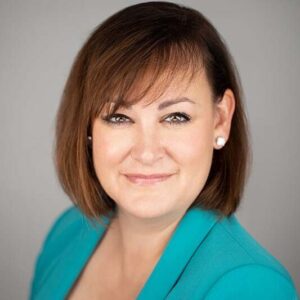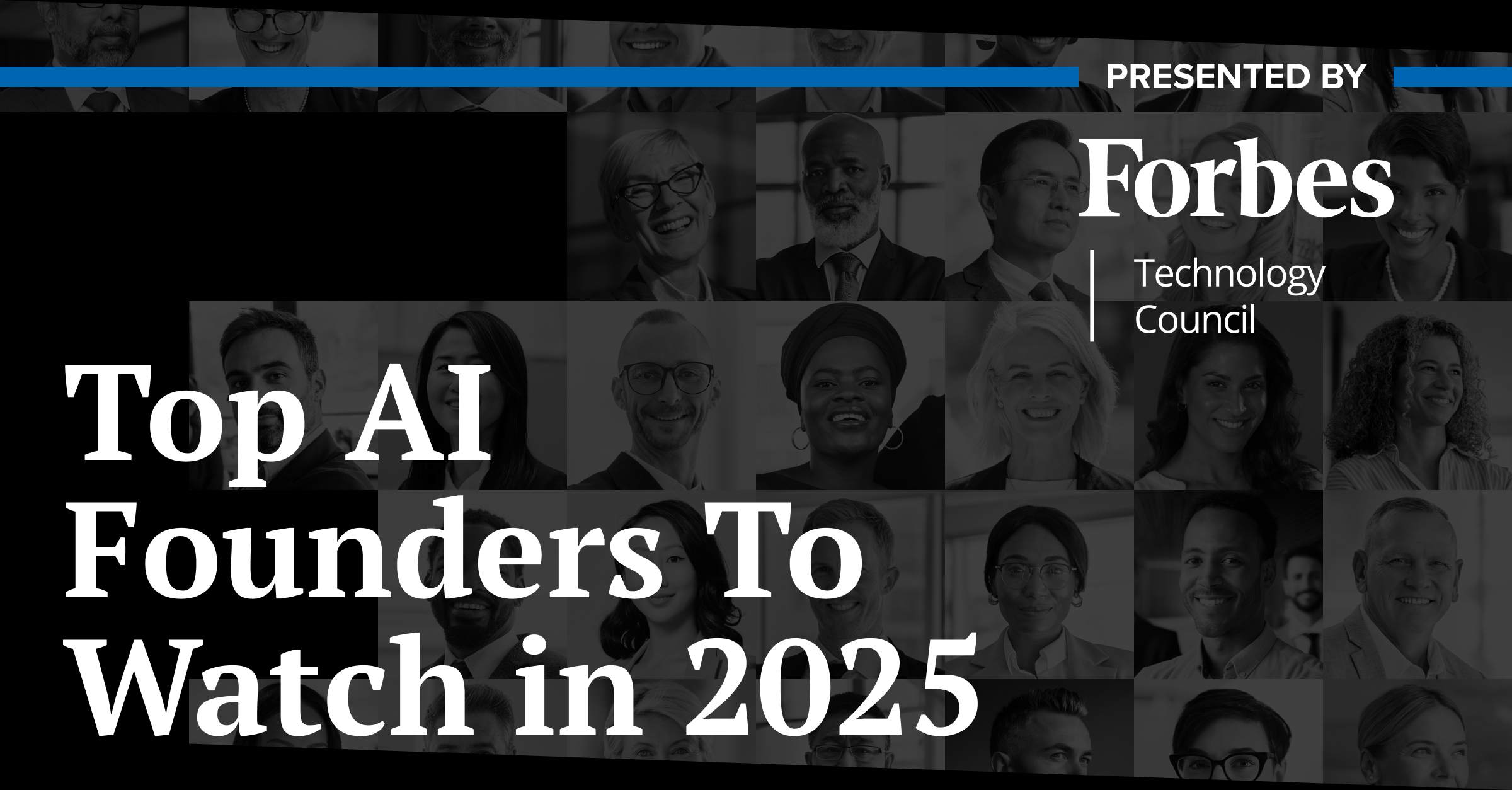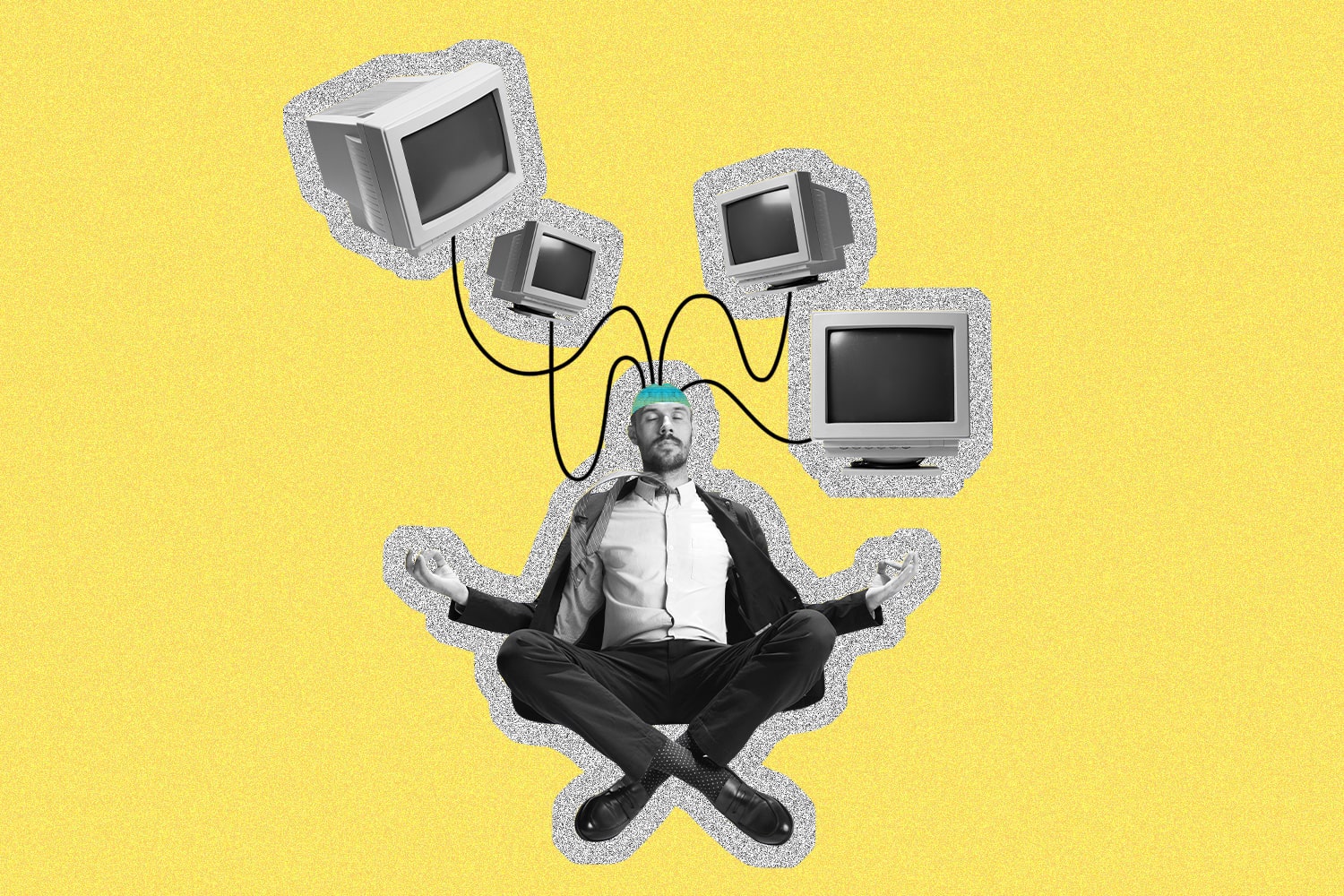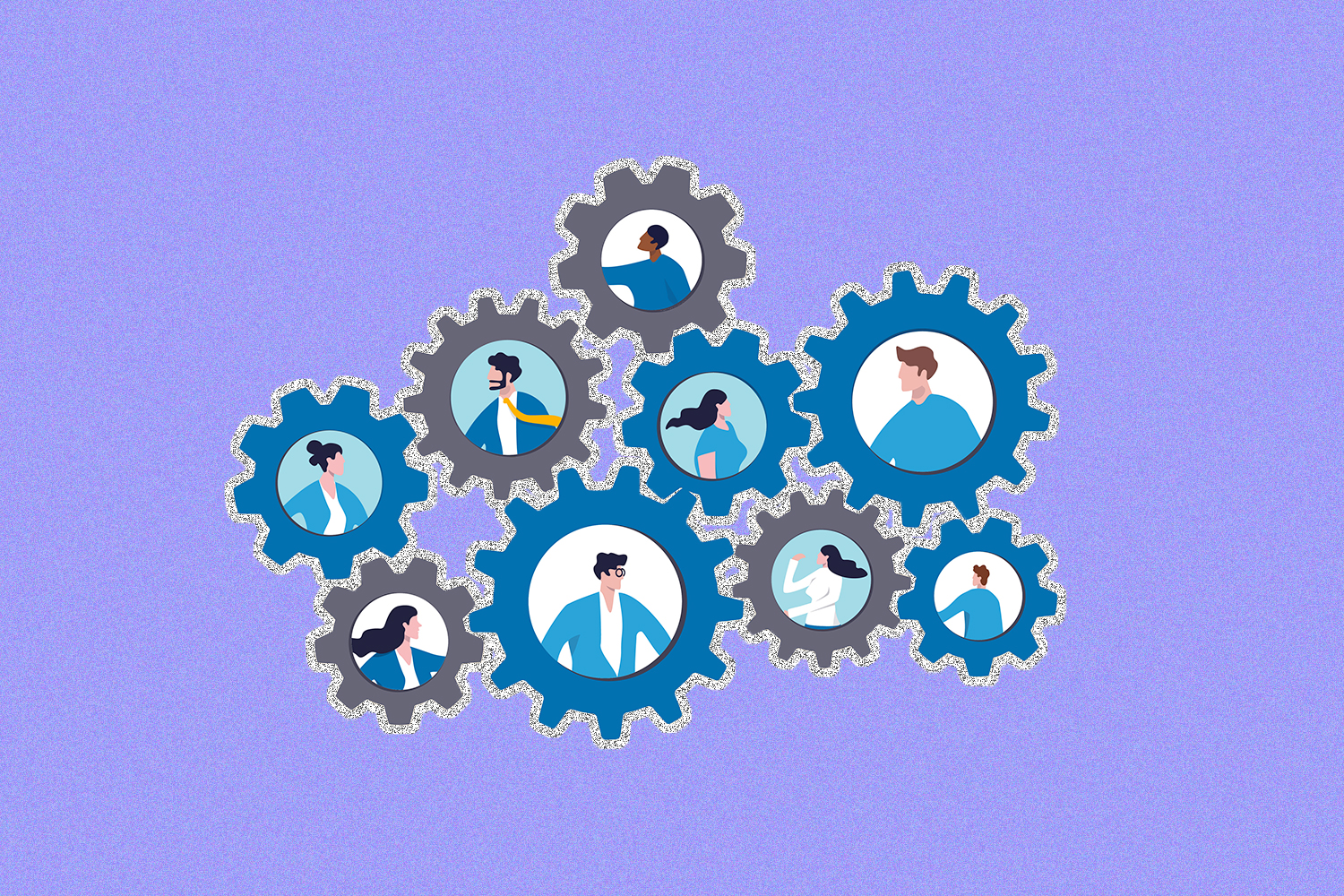Savvy CEOs stay on top of employees’ needs. However, gathering feedback from employees on the ground can be a challenge when you’re in the C-suite.
When it comes to keeping up with staff, turn to Heather Kane as a role model. Kane is the CEO of employer and individual plans for Arizona and New Mexico at UnitedHealthcare. As of January 2022, her division serves over 920,000 customers.
Kane uses three methods to keep up with her team of 156 employees:
- Monthly all-employee meetings. During these in-person meetings, Kane says employees can share feedback, questions or issues they might be having.
- Submitting concerns via anonymous survey. Kane says surveys are sent twice a year. Over the past two years, the completion rate has been 96%.
- One-on-one, skip-level meetings between Kane and employees across the insurance company.
For skip-level meetings, Kane schedules time each month to chat with one employee who could work three levels below the leadership team.
“You can hear perspectives directly from someone who is facing outward to our customers, and to our brokers…and really see what’s going on at the ground level,” Kane says. “I get to meet with individuals that I wouldn’t normally have a deep conversation with.”
During an exclusive interview with Senior Executive Media, Kane shared how employee feedback has shaped the health insurance company, as well as how the organization approaches hybrid work and mentorship programs. Read the edited conversation below.

It’s about understanding employees’ career paths — what they want to do, what they see as the next step within the organization.
Heather Kane, UnitedHealthcare CEO, Employer & Individual, Arizona and New Mexico
Senior Executive Media: Can you share an example of a change that sprung from listening to employees?
Heather Kane: The team felt like they didn’t really know what was happening across the organization — what we were doing externally, some of the charitable investments we make as an organization. So we started a quarterly newsletter, which has been incredibly helpful to keep everyone connected to what’s happening across the broader organization. So that was one form [of increased communication].
The second form was a quarterly town hall meeting, where we bring not only my entire organization together, but also individuals from other parts of the [greater UnitedHealthcare] company that support my health plan. That includes areas like finance, operations, marketing, product development, etc. We can bring in guest speakers and unique topics, and employees can ask questions and learn something that they’ve never learned before.
I would also point to when I started having the skip-level meetings. That was really an outcome of the communication concerns.
Senior Executive Media: How are you approaching hybrid work at your organization?
Heather Kane: During the pandemic, we set up such a comprehensive plan for our employees to be able to comfortably work from home. So that’s everything from ensuring they have the right equipment — between cameras, large monitors, keyboards and their laptops — to take home. Now, each division in my organization identifies how many days per week they think is most appropriate for their team to continue to work from home. And as of right now, it’s about three days per week. And I think that gives individuals a very good balance in terms of not only knowing the days that they’ll work from home, but also understanding when…they’re going to return to the office and be aligned with their peers.
We have sprint meetings within the health plan in the office. We identify one day a week where we bring all of our employees into the office [for this meeting] with a very clear set of topics that we are going to discuss and share ideas about in person. That gives employees an anchor point, where they’re going to be able to see their peers and spend time addressing barriers or issues…
Senior Executive Media: Other than flexible work options, how are you retaining talent?
Heather Kane: It’s about understanding employees’ career paths — what they want to do, what they see as the next step within the organization, special projects they may want to take on. So we do a lot of coaching and mentoring. It is not just a leader mentoring their direct reports. We do a lot of cross segment mentoring. … That drives unique disciplines and a different level of thinking for our employees to understand where the next opportunities are.
Mentoring is often informal. It’s simply asking a question, “Hey, would you be willing to mentor me?” That creates an opportunity for those two individuals to set a schedule that works for them — maybe it’s a quarterly mentoring session, maybe it’s monthly. … Of our employees [in this division], 40% to 50% are involved in some sort of informal mentoring program.
In terms of the more formal mentoring programs, there are times where we will identify up-and-coming talent across the entire organization, not just in Arizona and New Mexico, but nationally for our company. We facilitate roundtables, as an example. And that could be on any series of topics. It could have to do with the future of our organization, how we develop and find talent, what we think some of the innovative solutions that we are going to bring to market will look like over the next couple of years. So they are both brainstorming forums, as well as ways for top talent to network across their peers that they may not have historically known…
[The roundtable] I ran happened over the course of a quarter. So during those three months, we would meet once every month for an hour with prepared topics. … We have 20% of our employees within my hierarchy…who are engaged in mentoring programs – and that number can change year over year.






